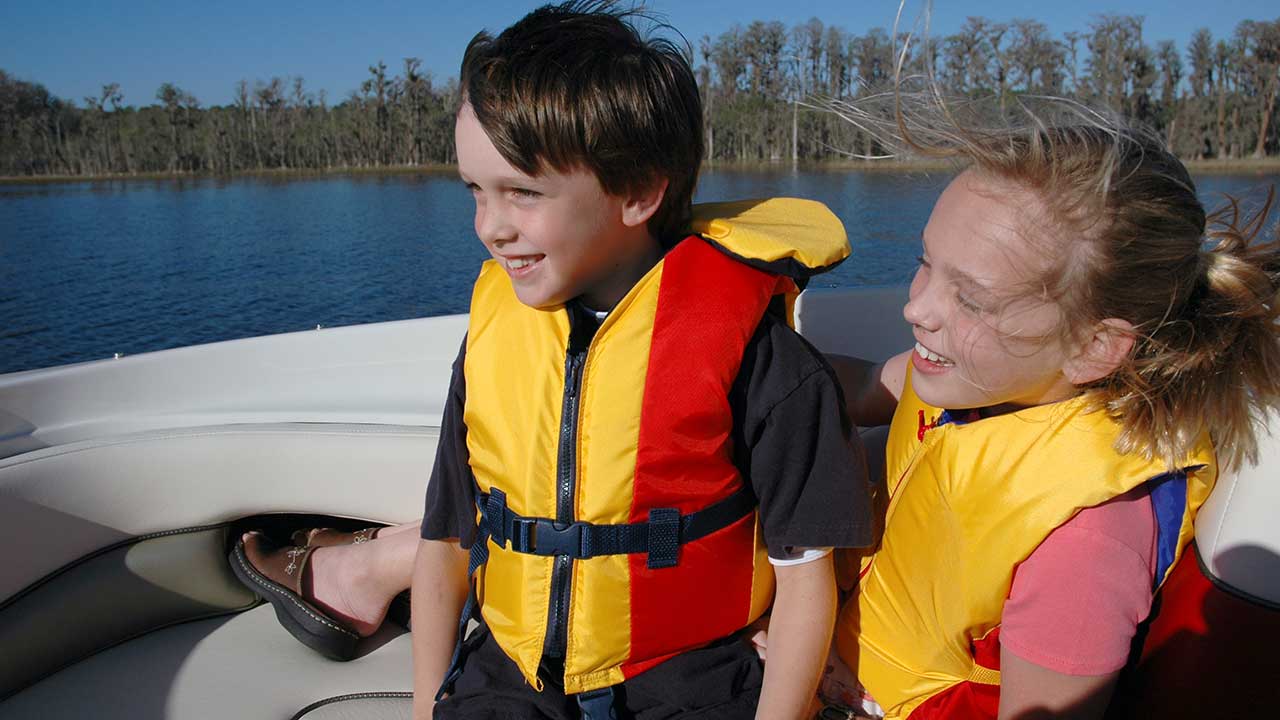National Safe Boating Week Starts Saturday
For 2021, the National Safe Boating Council (NSBC) has partnered with the National Oceanic and Atmospheric Administration (NOAA) to promote National Safe Boating Seek that runs from May 22-28. Both organizations encourage boaters to follow health and safety guidelines from the Centers for Disease Control (CDC) and local officials while on the water.
NSBC and NOAA have worked together on National Safe Boating Week since 2000 and there are many links on the NSBC and NOAA websites. “We are excited to kick off this year’s National Safe Boating Week in partnership with NOAA’s National Weather Service to promote fun and responsible boating,” Peg Phillips, executive director of the National Safe Boating Council and lead organization for the Safe Boating Campaign. “We believe that wearing a life jacket is the simplest way to ensure the safety of you and your loved ones while enjoying a day on the water.” To help promote wearing a lifejacket, Friday, May 21 is National Wear Your Life Jacket to Work Day.
Wear a Life Jacket
United States Coast Guard statistics show that drowning was the reported cause of death in four out of five recreational boating fatalities in 2019 and that 86% of those who drowned were not wearing life jackets.
In partnership with the U.S. Coast Guard, the NSBC’s Safe Boating Campaign recommends that all boaters wear a life jacket, also known as a personal flotation device (PFD). There are many options available including inflatable models that allow mobility and flexibility for activities like boating and fishing and are much cooler in hot weather.
Watch the Weather
Additionally, NOAA urges boaters to think about the impact of the weather while on the water. “Many people do not think about or plan for the impact weather conditions can have on their boating safety,” Darren Wright, national marine program manager at NOAA’s National Weather Service, said. “It’s critical that they check the weather conditions, including water temperature, before their departure and regularly check for updates on potentially changing condition.”
Finally, boaters should carry at least two communications devices that work when wet. Satellite phones, emergency position indicating radio beacons (EPIRBs) and personal locator beacons (PLBs) are recommended because cell phones are not reliable. It’s also a good idea to have a NOAA Weather Radio (NWR) to keep track of weather conditions. The NWR network provides near-continuous coverage for most coastal areas served by NWS offices.
Typical coverage is up to 25 nautical miles offshore. The U.S. Coast Guard broadcasts coastal forecasts and storm warning of interest to the mariner on VHF channel 22A following an initial announcement on channel 16.



